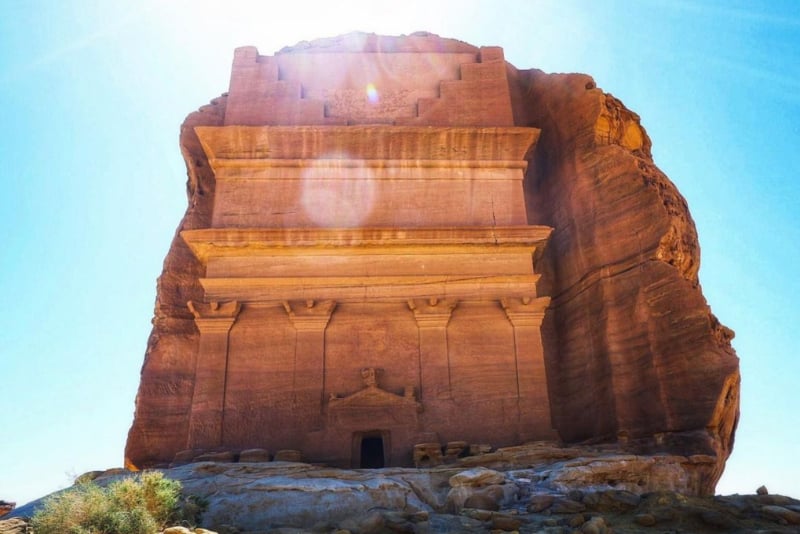Meet Saudi Arabia's newest UNESCO World Heritage Site
Everything to know about Al-Faw…
When the first UNESCO World Heritage Site in Saudi Arabia was revealed as Hegra back in 2008, it was a massive accomplishment. Fast forward to 2024, and the country has just unveiled the eighth Saudi Arabian UNESCO World Heritage Site.
Saudi Arabia is a country deeply rooted in investing in its history, be it through announcing holidays celebrating the culture, or dedicating years to particular aspects of it, a massive part of the country is its past and present meshing together.
🔴 BREAKING!
New inscription on the @UNESCO #WorldHeritage List: The Cultural Landscape of Al-Faw Archaeological Area, #SaudiArabia 🇸🇦.
➡️https://t.co/FfOspAHOlX #46WHC pic.twitter.com/8i3A11YT3R
— UNESCO 🏛️ #Education #Sciences #Culture 🇺🇳 (@UNESCO) July 27, 2024
Located in the southwest of Riyadh, the area in Wadi Ad-Dawasir, the intersection of the Empty Quarter desert and the Tuwaiq mountain range is known as Al-Faw. The area is home to almost 12,000 archaeological remains and has a history of human habitation stretching back more than 6,000 years
According to Arab News, UNESCO said the site was a strategic point on the ancient trade routes of the Arabian Peninsula, but was abruptly abandoned around the fifth century.
Archaeological proof suggests that the area has been home to three different populations, as remains date back to the prehistoric times right up to the pre-Islamic era.
Remains found include neolithic and palaeolithic tools, tapered structures, cairns and circular constructions, the sacred mountain of Khashm Qaryah, rock carvings, funerary cairns, an ancient water management system, and remains of the city of Qaryat Al-Faw.

Other Saudi Arabian UNESCO World Heritage Sites include Hegra, At-Turaif, Historical Jeddah (or Balad), Rock Art in the Hail Region, Al-Ahsa Oasis, Hima Cultural Area, and Uruq Bani Maarid Protected Area.
Visit: unesco.org
